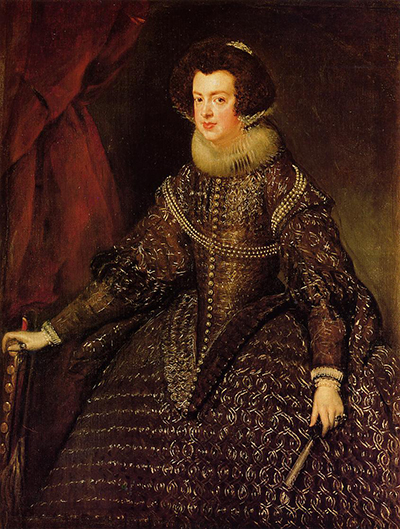The splendid royal court of Philip IV of Spain was made even more splendid by the art of the official court painter, Diego Velazquez. Thanks to the artist's suggestive yet realistic art, especially royal portraits, we have a detailed and valuable chronicle of royal court life in seventeenth century Spain.
Diego Velazquez was born in Seville, Spain, in 1599. His artistic talent became evident when he was apprenticed to the artist Francisco Pacheco. He was very young, eighteen years old, when he married Pacheco's daughter and started to develop his own style which displayed a startling realism. Most of his early sketches or paintings were naturalistic still life compositions. In 1622, he moved to Madrid and became the official painter at the court of King Philip IV. These were fertile years when he produced his finest paintings. At the royal court, he happily dedicated himself to portraiture, his speciality, as well as group portraits and religious paintings. He made two trips to Italy to study the High Renaissance artists.
He died in 1660 of a fever and was buried in the church of San Juan. Unfortunately, the church was destroyed by Napoleon's troops in 1811, and the location of the grave is lost. Baroque art flourished roughly between 1600 and 1750 and Velazquez was one of the main exponents of this highly dramatic artistic style. Indeed, a sense of drama and an emotional response in the viewer were the main aims of Baroque art. Other notable painters of around this time included Da Vinci and Michelangelo from the Renaissance, plus Caravaggio, who was closer to the time of Velazquez.
It is a natural, realistic art form with an accentuated grandeur and a certain sensuality. Dramatic effects are achieved with a liberal use of chiaroscuro and the juxtaposition of light and dark and shadow. Velazquez painted many official court portraits in formal settings but there is nothing static about his paintings. The artist's interpretation of the Baroque style, using light to highlight certain points in the picture, lent a dynamic feel to even the most carefully posed portrait. The artist was known to use an undercoating of even white and then paint directly onto the undercoat, wet on wet. It seems Velazquez was an artist in a hurry, certainly he was fast, sometimes completing a portrait in one sitting.
Rather than follow the usual procedure of producing a painting over days, letting it dry multiple times, he could finish a portrait in one sitting of 6-8 hours, letting it dry once, and that was it. This fast technique is sometimes called "alla prima", meaning "at the first attempt", in cinematographic terms we could compare it to "take one". This speed of execution indicates that Velazquez had a steady hand and a clear vision. Valezquez was the quintessential Baroque portrait artist. To fully appreciate the chiaroscuro effect and the play of light and shadow, Velazquez paintings are best viewed from a certain distance. Up close the backgrounds appear vague and fuzzy; taking a step backwards makes the foreground figures, which are brighter and more sharply defined, stand out against an elusive yet solidly detailed backdrop.
No other painting has provoked so much discussion! The painting known as "Las Meninas" or "The Family of King Philip IV", is the pearl of Madrid's El Prado museum. It is a unique masterpiece; never before had an artist inserted himself into a formal court painting. It is seriously huge and the picture's curious composition has been an object of discussion amongst art lovers, scholars, historians and students ever since it was painted, in 1656. The whole picture is open to interpretation. The big question is: who is Velaquez painting on that large canvas? The little Infanta surrounded by her ladies (meninas)? The king and queen reflected in the small mirror in the centre? There is no right answer. Maybe this is the artist's strategy, to ensure that his art will continue to be discussed in the centuries to come.
Velazquez produced a total of 244 paintings, many of which can be admired in museums and galleries in Europe and USA. The El Prado Museum in Madrid has the lion's share of Velazquez paintings while many are on display in diverse London galleries. His earliest works are group compositions such as "The Water-seller of Seville" of 1618 and "Adoration of the Magi", 1619. In Madrid, he painted many formal portraits in his role of court painter, including portraits of King Philip IV in 1628. A trip to Italy in 1629 inspired two large paintings: "Joseph's Tunic" and "The Forge of Vulcan", both painted in 1630. Many other portraits followed, including more of the king. In 1634-1635 he produced a series of beautiful, dynamic, prancing equestrian paintings. His famous self-portrait dates from 1640, the same year as the Michelangelo-inspired "Mars Resting". A second trip to Italy inspired more portraits in 1650, including the compelling painting of Pope Innocent X. In his later royal court years, 1650-1660, he painted several pictures of royal ladies: Mariana of Austria, the queen of Spain, and of the Infanta Margarita, as well as "Las Meninas" and the equally famous "The Spinners".



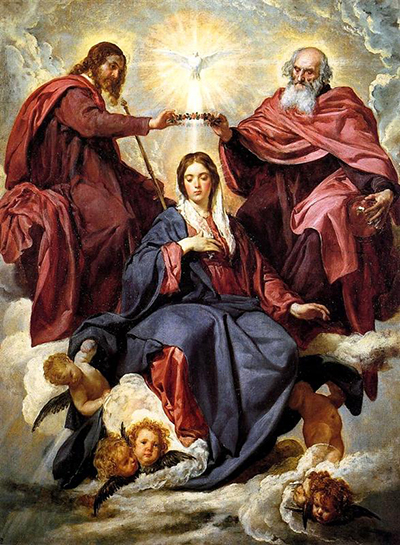
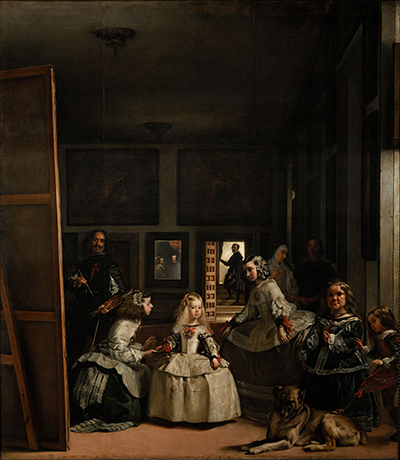
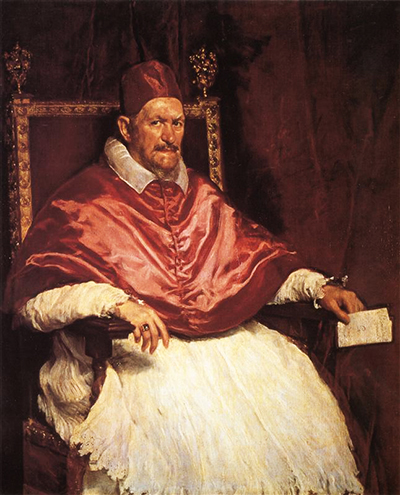
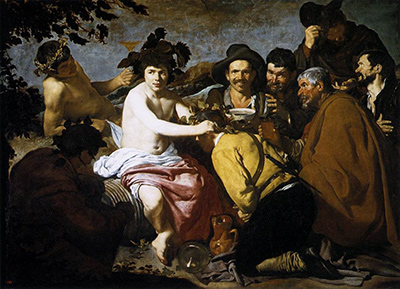
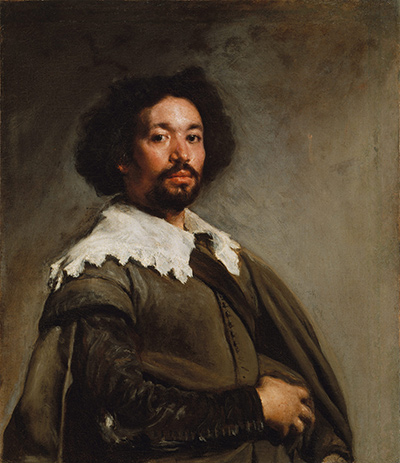
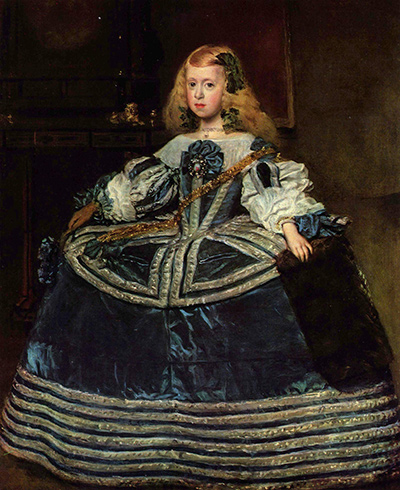
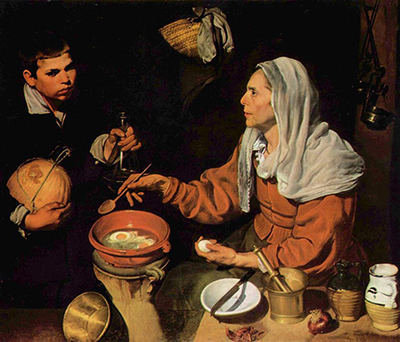
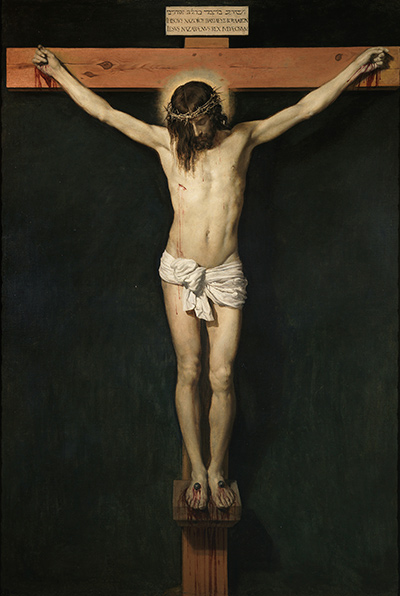
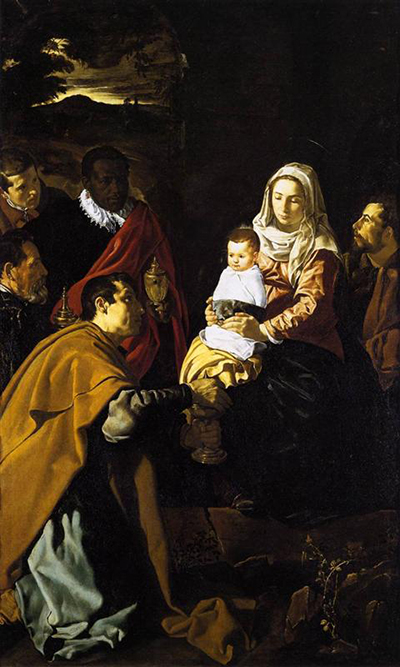
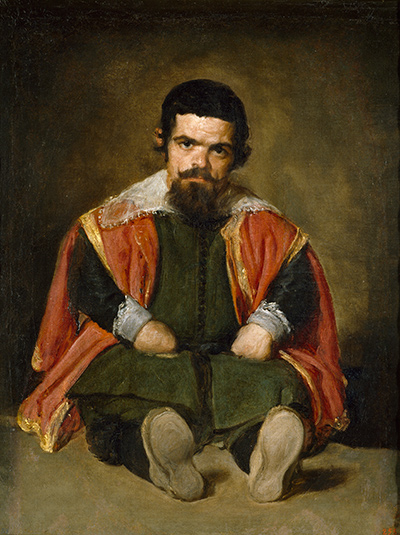
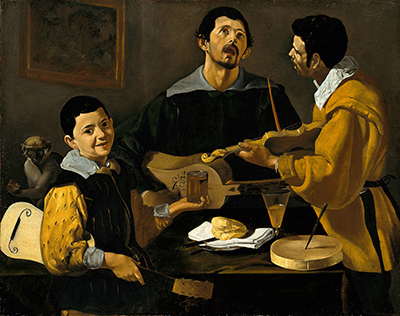
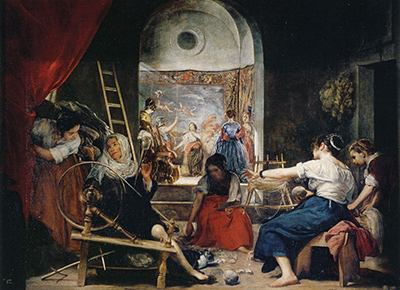
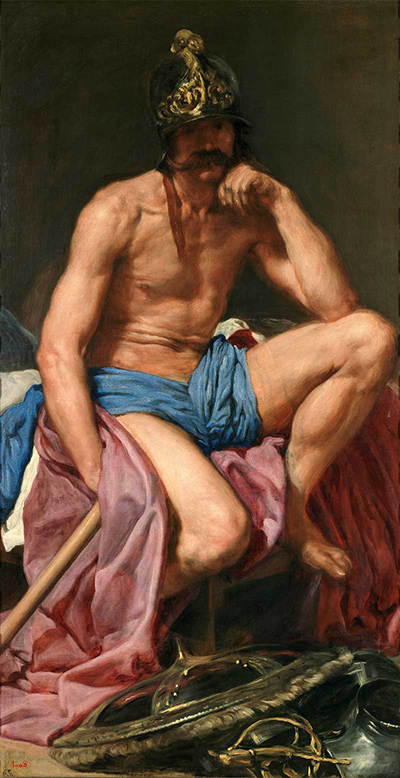
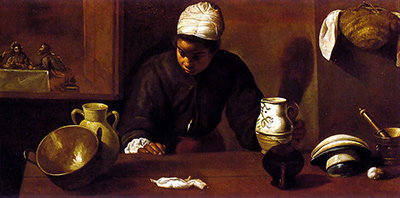
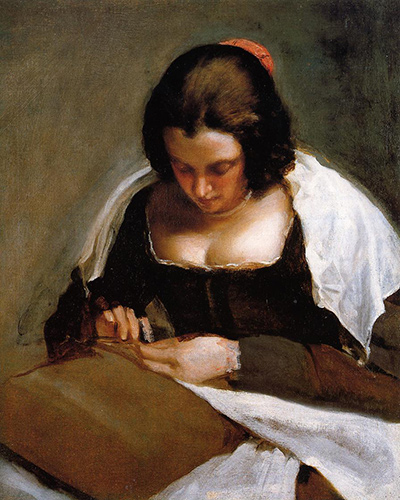
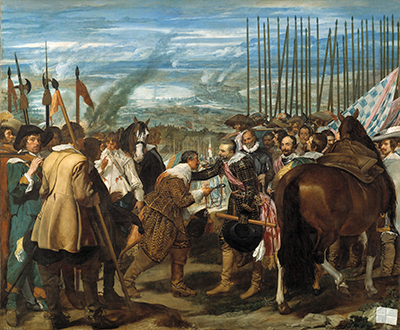
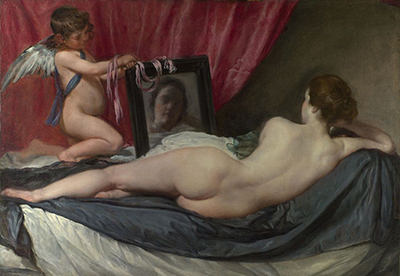
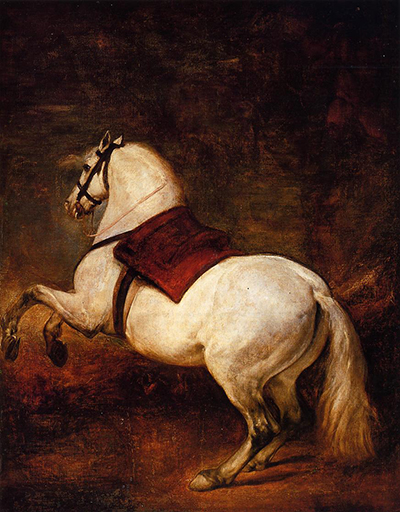
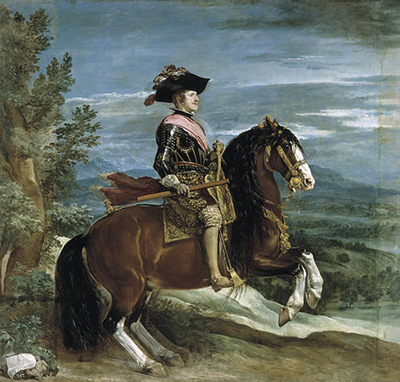
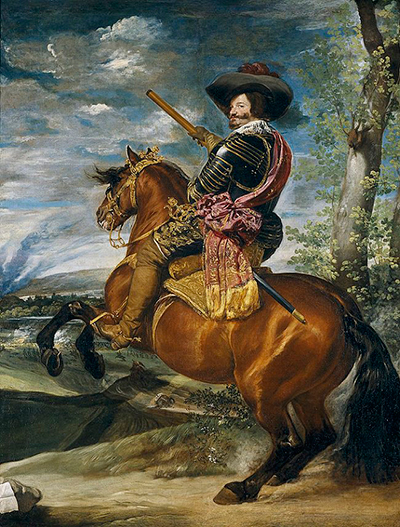
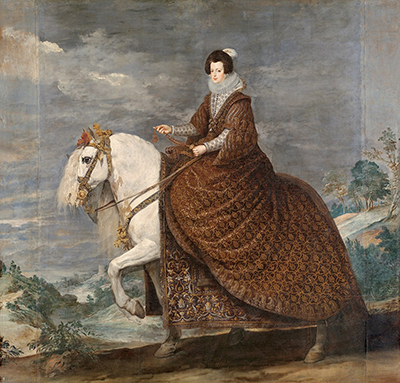
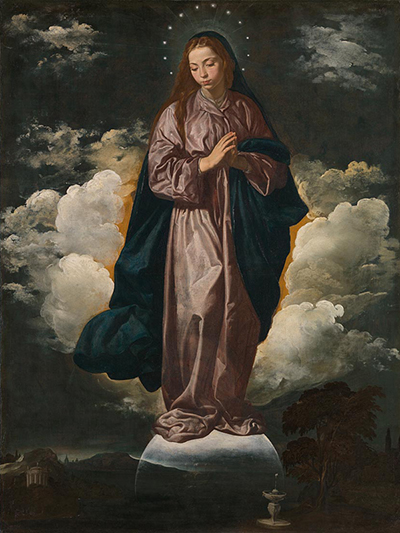
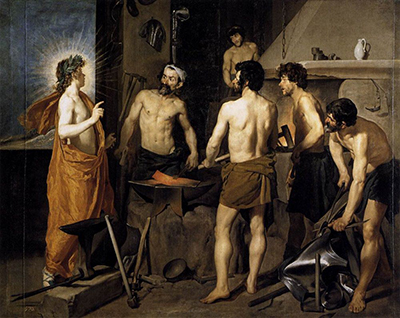
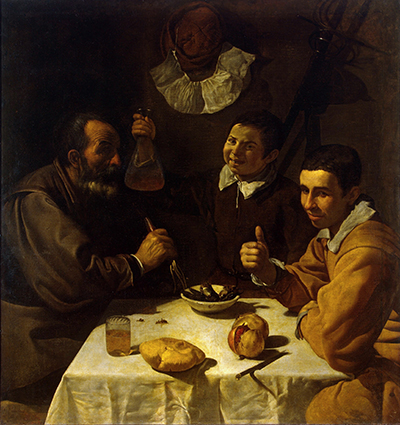
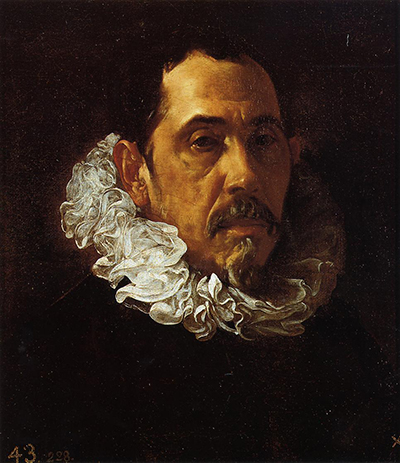
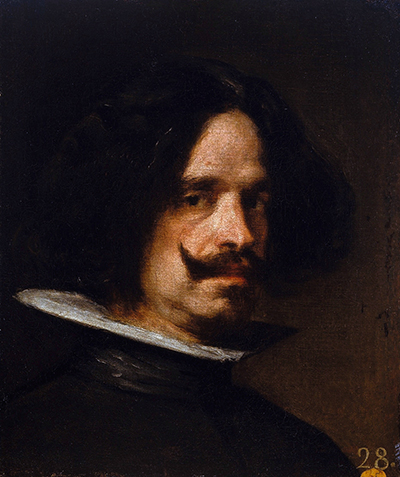
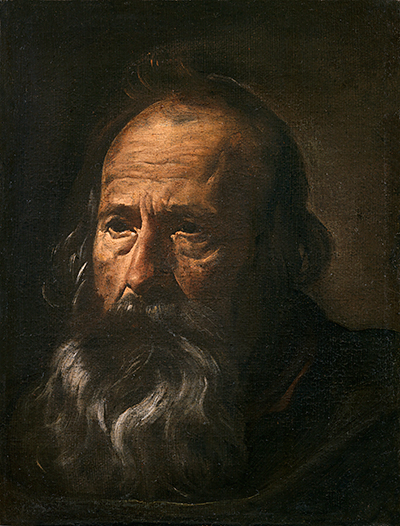
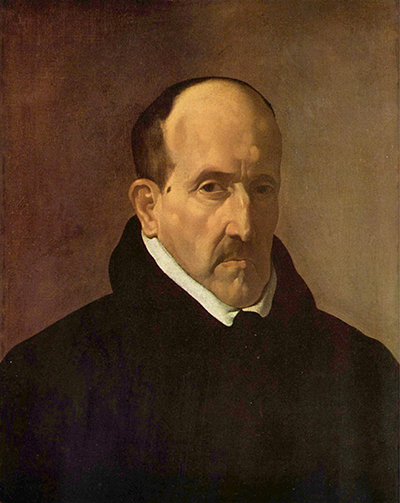
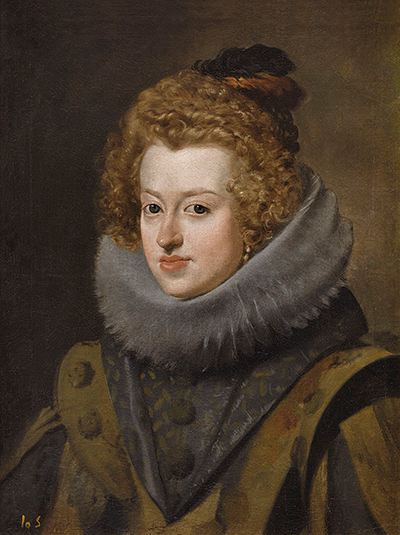
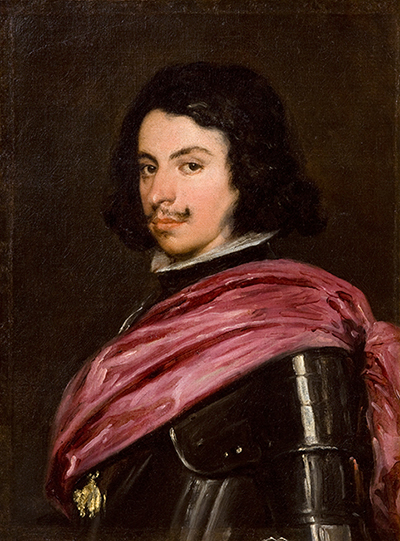
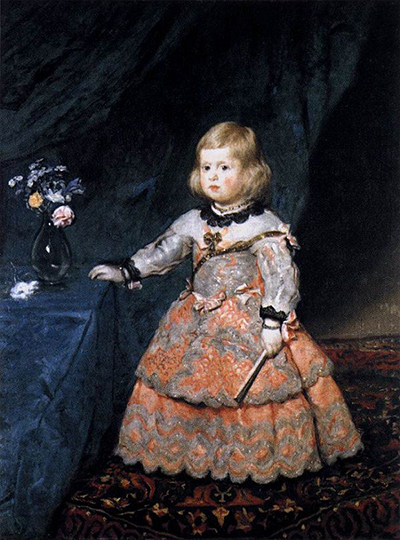
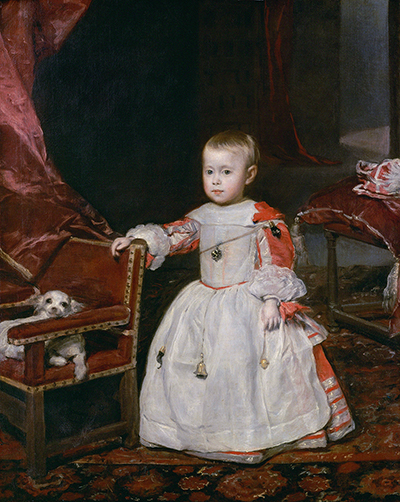
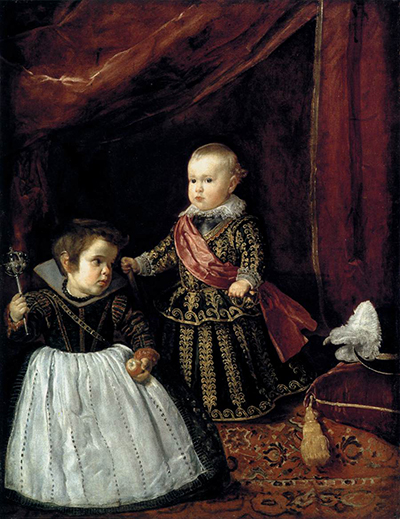
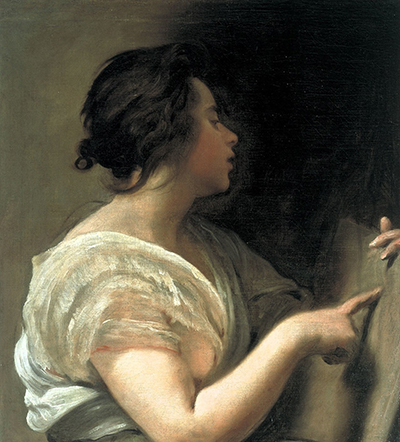
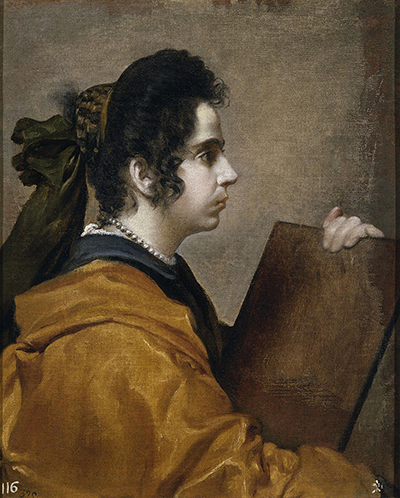
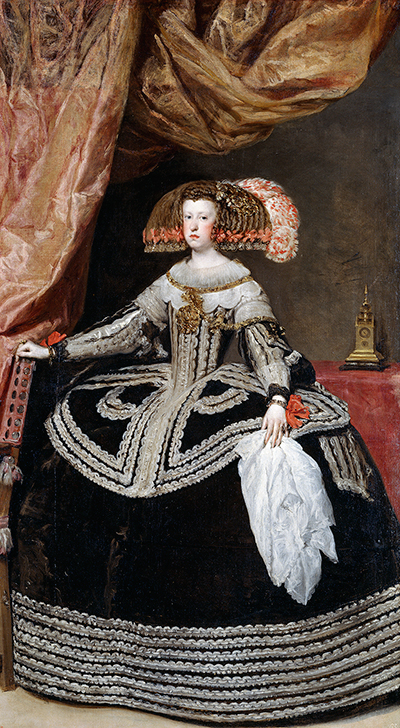
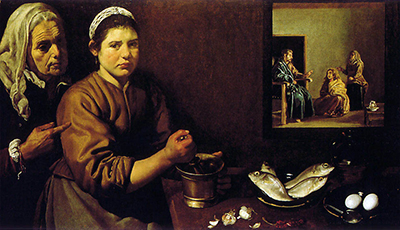
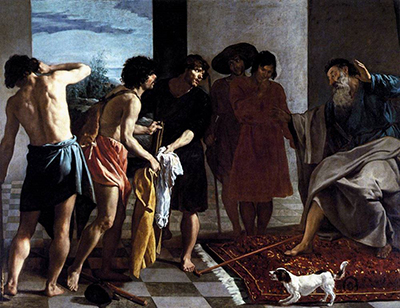
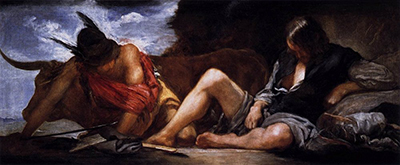
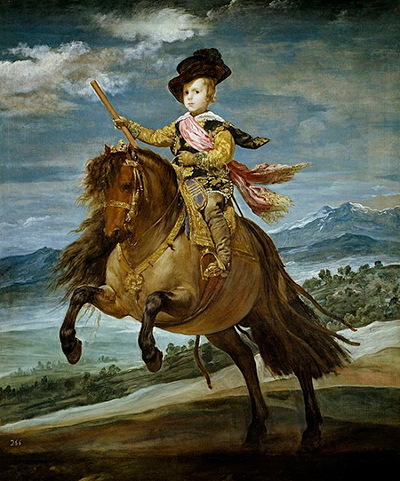
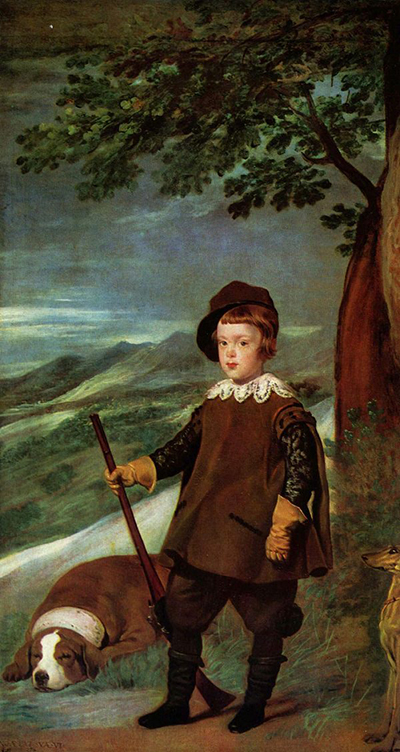
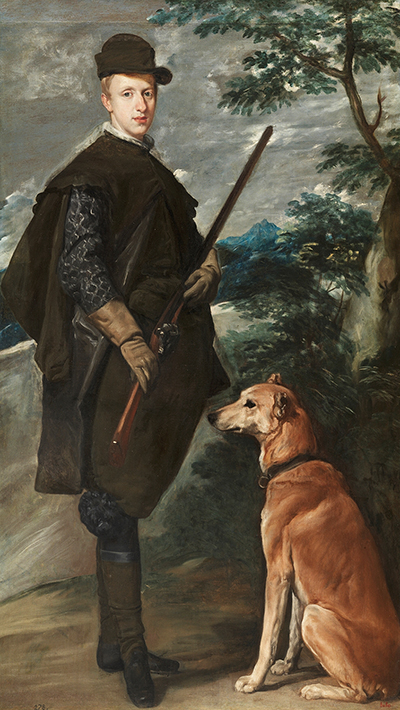
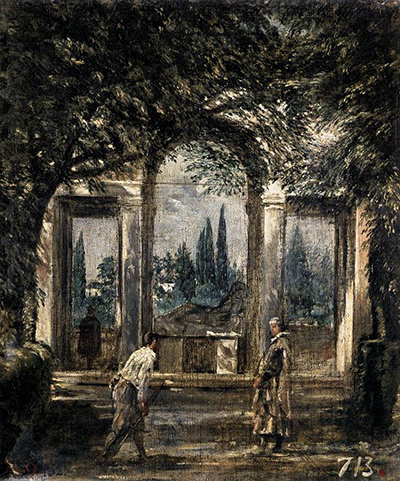
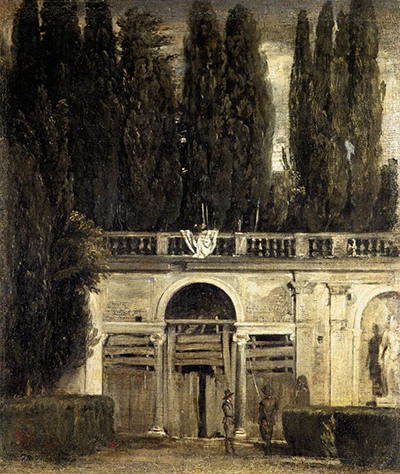
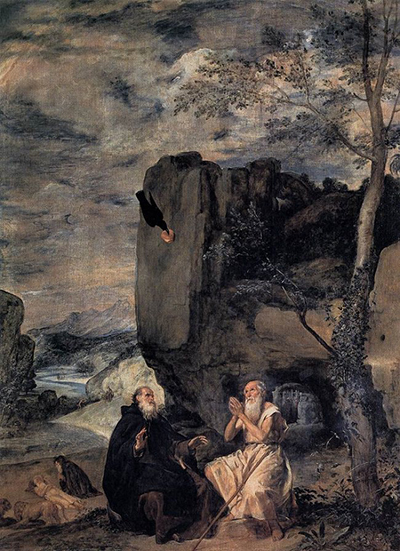
 Diego Velazquez.jpg)
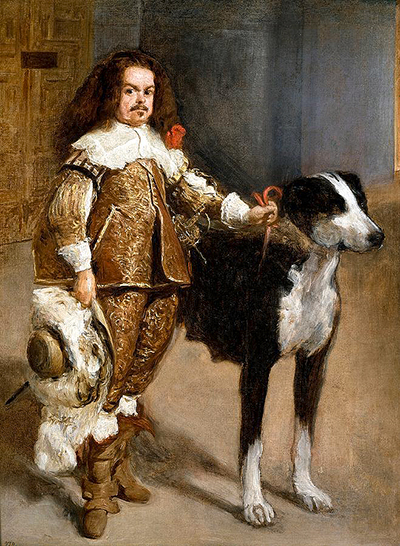
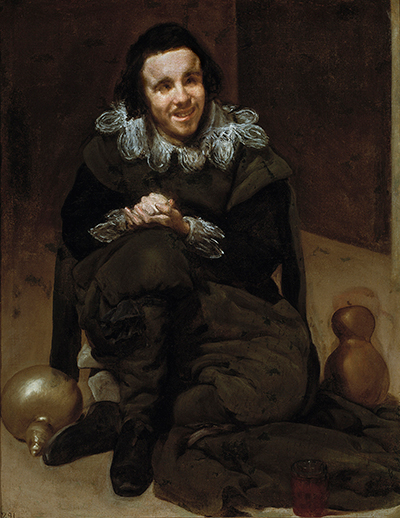
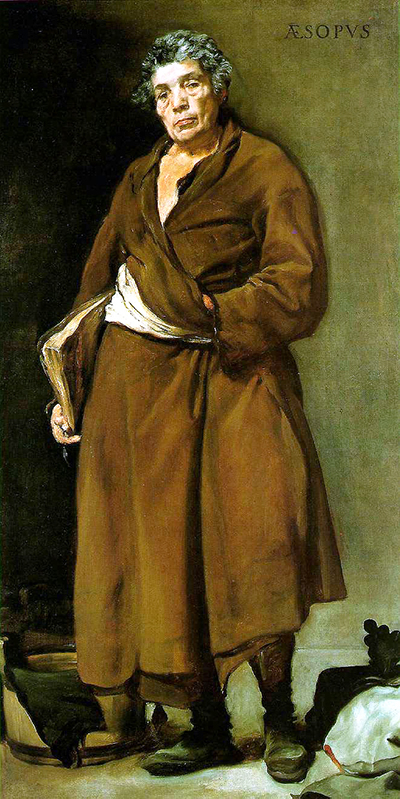
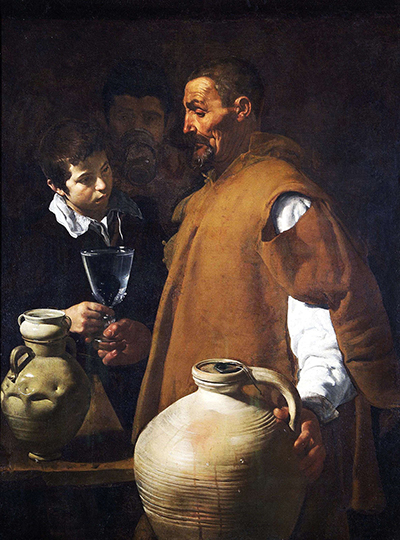
 Diego Velazquez.jpg)
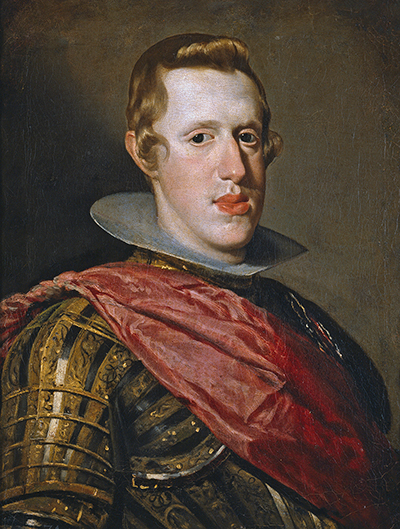
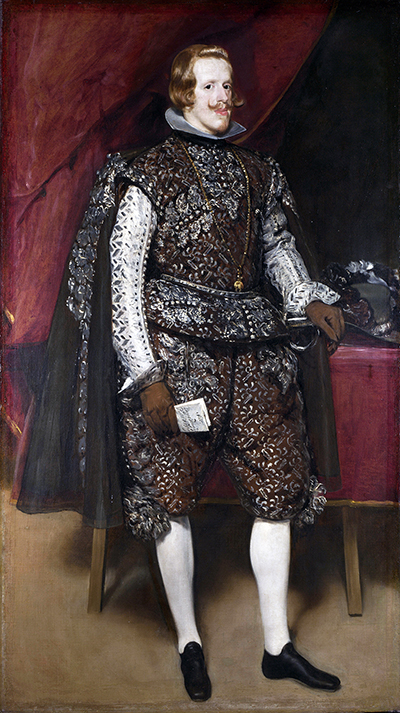
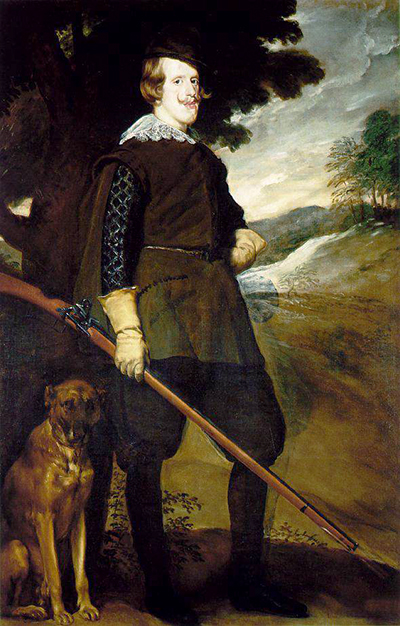
 Diego Velazquez.jpg)
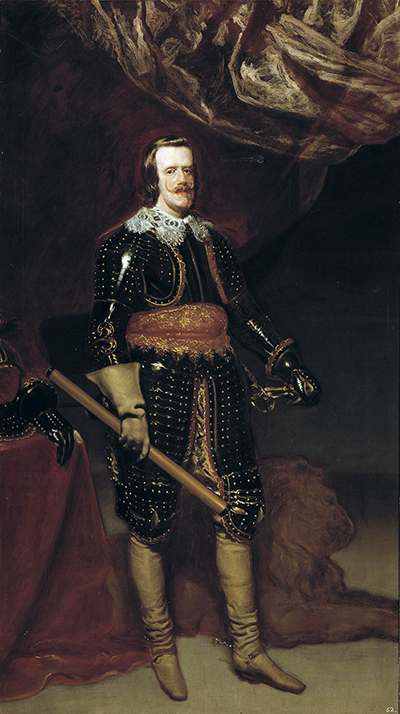
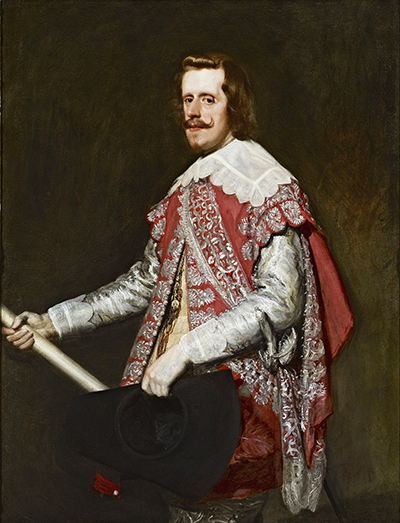
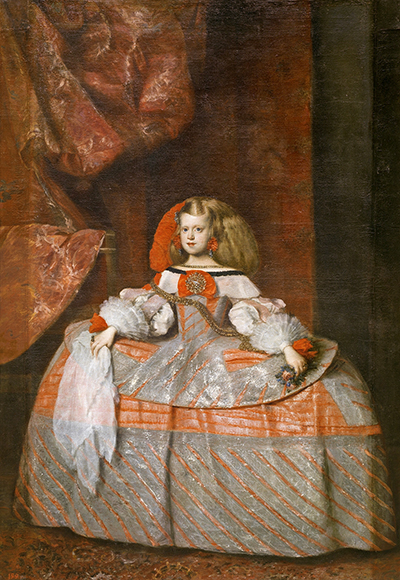
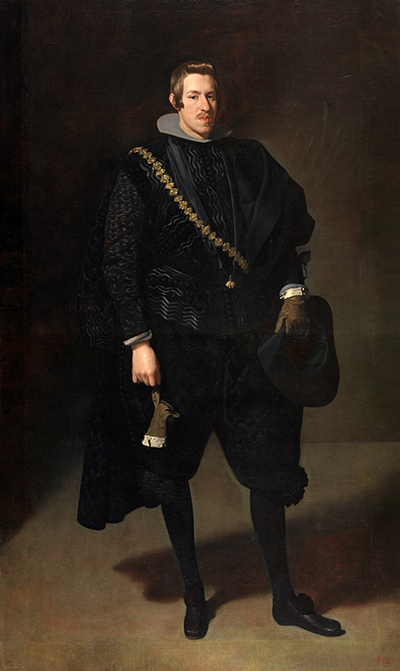
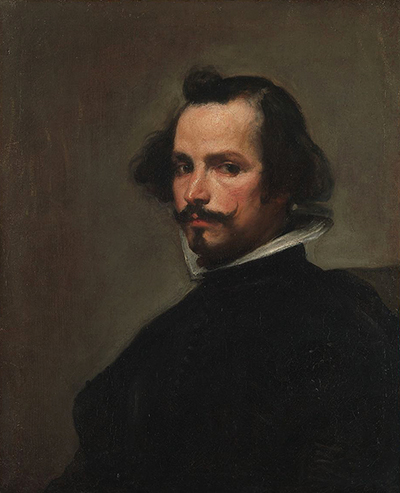
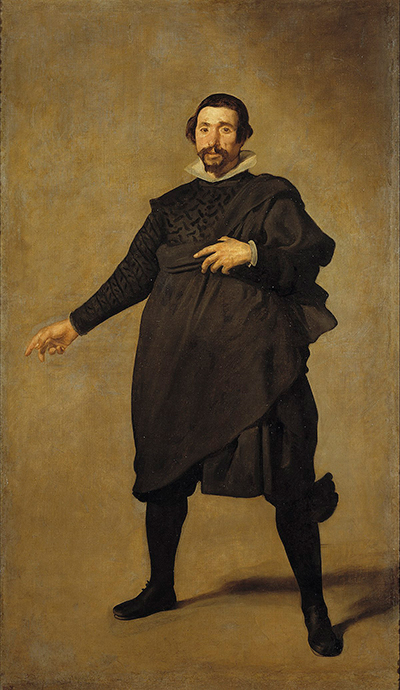
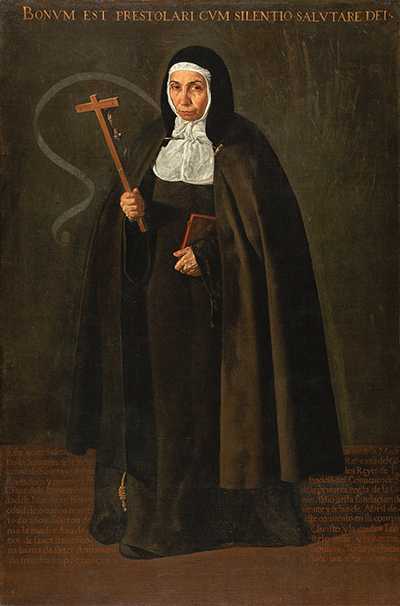
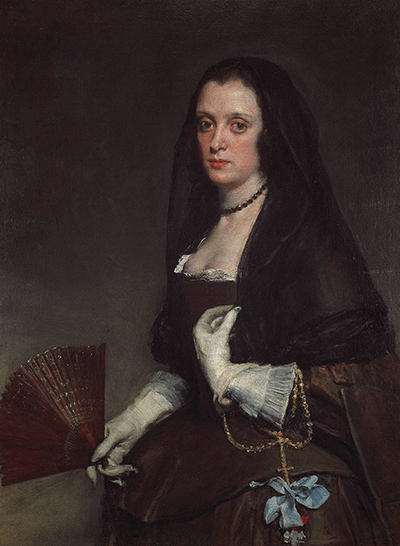
 Diego Velazquez.jpg)
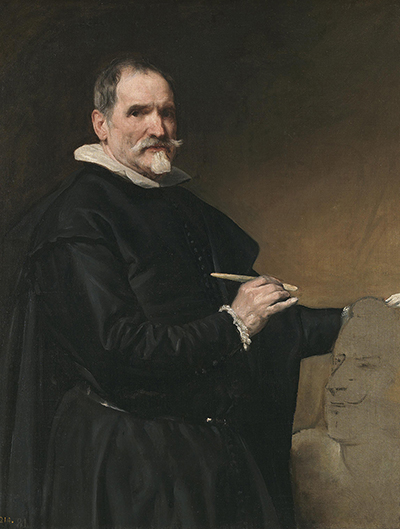
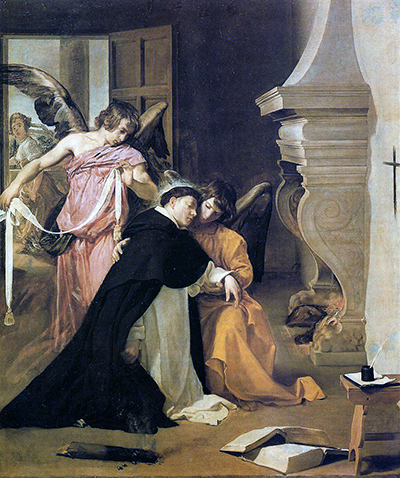
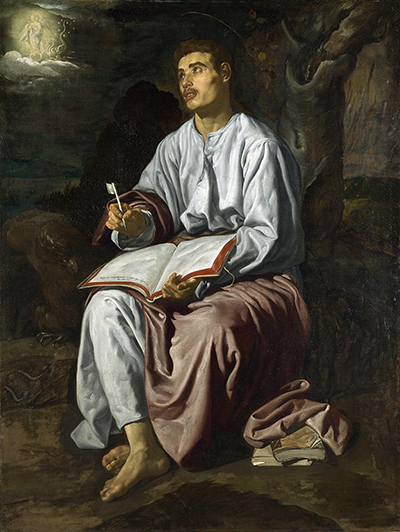
 Diego Velazquez.jpg)
